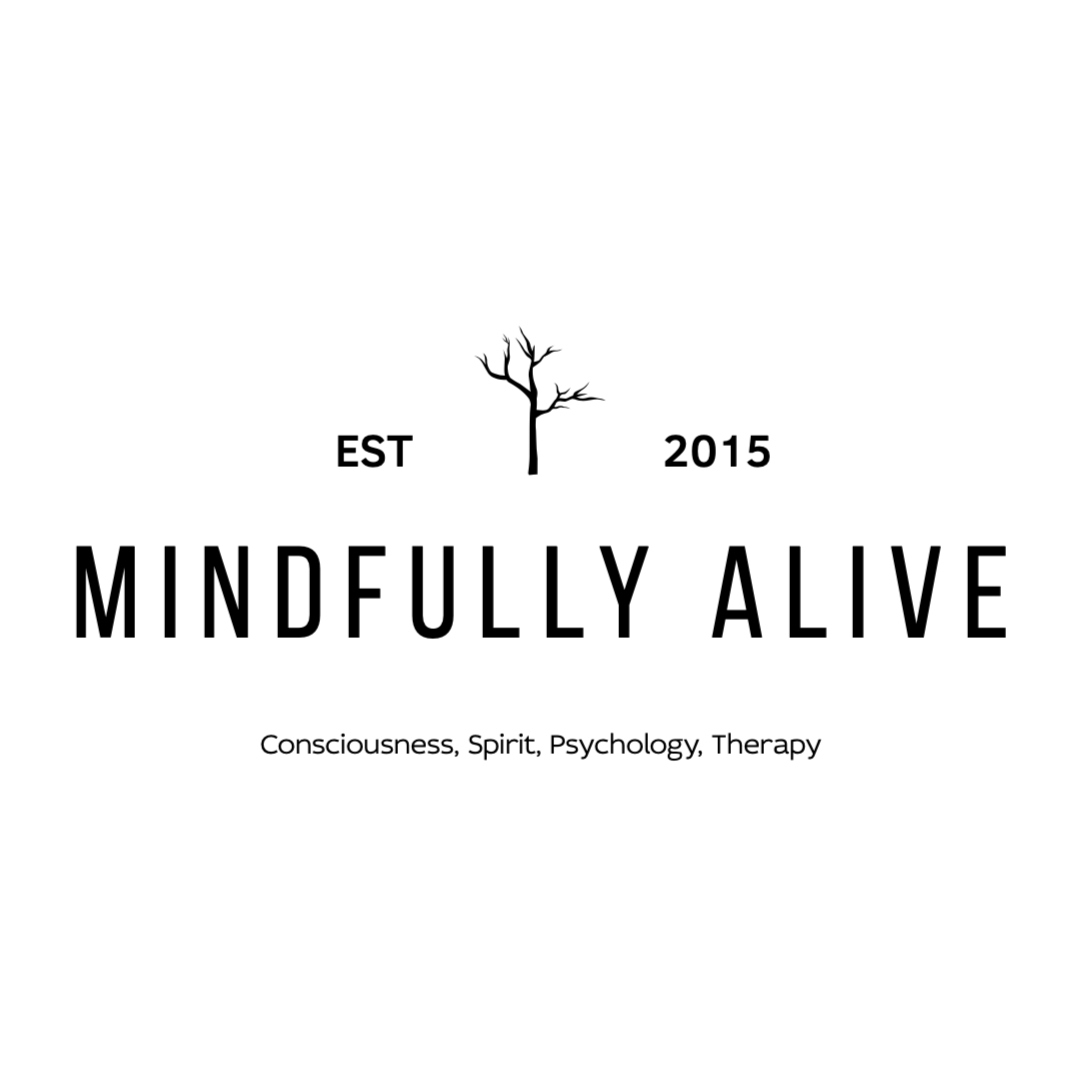You may have heard that breathing reduces anxiety. We are breathing every moment of our lives, yet we are hardly ever aware of it. The breath fuels our life and is a foundation of our physical and mental wellbeing. Interestingly, the rate of breath and its intensity is also usually an accurate indicator of our emotional state.
When we are relaxed we breathe deeply and slowly through the diaphragm. It is easy to see this in newborn babies. When we are stressed, anxious, or upset we tend to tense up the abdomen and breathe rapidly and shallowly in the chest area. This kind of breathing disrupts the levels of oxygen in the blood, which can signal a stress response leading to increased heart rate, dizziness and even panic attacks. Chronic chest breathing can also lead to headaches and tension in the shoulders and neck.
How Does Breathing Reduce Anxiety?
By consciously observing and working with the breath we can consciously create changes in our moods and behaviors. These internal tools have been understood for centuries in cultures around the world, particularly in yogic traditions. These three yogic breathing techniques are surprisingly simple to practice and can help to provide relief from difficult emotions.
1. Long Deep Breathing
Long, deep breathing is a simple but powerful tool to assist in relaxing and calming the mind due to its influence on the parasympathetic nervous system, sometimes called the “rest and digest” system. This breath helps to support mental clarity and our capacity to manage negativity and emotions. It uses the full capacity of the lungs by utilizing all three chambers: the abdomen, chest, and clavicular.
To begin, sit up right comfortably with a straight spine and relaxed shoulders,
Start by inhaling and filling the abdomen, then the chest, and finally the upper ribs and clavicle. Reverse on the exhale by deflating the clavicle, the chest, then the abdomen pulls in towards the spine as you let out the last drop of air.
It may be helpful to place your left hand on your belly and right hand on your chest in order to feel the movement of breath within the body at first.
Continue the breath for 3 minutes or as needed.
2. Alternate Nostril Breathing
Alternate Nostril Breathing is an effective breathing technique for grounding, creating a sense of wellbeing and balancing the left and right hemispheres of the brain. This is a great breathing technique to use when we feel off center or anxious.
Sit up comfortably with a straight spine and relaxed shoulders.
Place your left hand on your left thigh, palm facing up.
Bring your right hand up to your face and bring your right thumb to cover the right nostril. Inhale deeply through the left nostril.
Use the right ring or pinky finger to close off the left nostril and exhale fully through the right nostril. Inhale right. Exhale left. Inhale Left. Exhale right.
Continue to alternate between nostrils, beginning each side with an exhale.
Once you have completed several rounds of this, relax and breathe normally through both nostrils while being mindful of any subtle changes in your mind, emotions, and overall energy.
3. Segmented Breath
Segmented Breath assists to clear the mind and to develop control over physiological states.
Sit comfortably with a straight spine and relaxed shoulders
Place your hands comfortably on your thighs.
Inhale through your nose in 4 equal sniffs, making a distinct sound with each sniff, expanding your abdomen with each breath. After the fourth sniff begin the long exhale by strongly pulling your abdomen backward toward your spine until all the air has left through your nose. Ideally, the length of the exhale will be equal to the time it took you to complete the four sniffs of the inhale.
Continue the breath for 3 minutes or as long as needed.
Final Thoughts
An abundant growing body of literature supports how developing a daily practice of conscious breathing truly makes a measurable impact on both physical and mental wellness. Renowned neuroscientist Dr. Jon Kabat-Zinn, who is largely credited with bringing mindfulness practice out of eastern traditions and into western psychology, poignantly says “As long as you are breathing, there is more right with you than there is wrong, no matter how ill or how hopeless you may feel.” In a world where so much can feel out of our control, consciously cultivating the breath through these simple techniques is an easy first step to maintaining our peace.






One thought on “Conscious Breathwork”